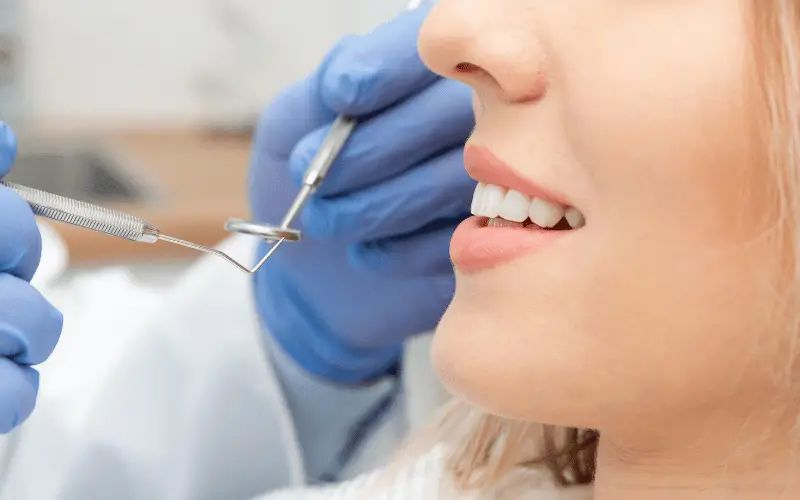Introduction: Delving into the Intricacies of Cracked Tooth Syndrome
The journey into the world of Cracked Tooth Syndrome (CTS) begins with a surprising revelation: this dental condition often remains shrouded in mystery, both to patients and sometimes even to the professionals tasked with diagnosing it. CTS can be likened to an invisible crack in a robust structure, seemingly minor until it compromises the integrity of the whole.

The causes of Cracked Tooth Syndrome are as varied as they are common. Daily activities such as chewing on hard foods, teeth grinding, or even using our teeth as tools can contribute to the formation of these small fissures. Even restorative procedures, while necessary, can sometimes lead to CTS, as large fillings weaken the tooth’s structure over time.
Symptoms of CTS are often misleading, sending sufferers on a wild goose chase for answers. The intermittent pain when biting, sensitivity to temperature changes, and a lingering discomfort that refuses to be pinpointed can mimic other dental conditions, making accurate diagnosis a significant challenge. The process of diagnosing CTS is as complex as the condition itself, often requiring a dental sleuth’s acumen to identify the signs. Treatment, too, is a bespoke journey, with options ranging from conservative to extensive, depending on the severity and location of the crack.
While the treatment for CTS can be involved, prevention remains the most straightforward path. Simple lifestyle changes, protective measures, and regular dental visits play a crucial role in preventing the development of cracks in teeth. The implications of CTS extend far beyond dental health, impacting economic stability and quality of life. From the cost of treatment to the emotional distress of chronic dental pain, the syndrome’s effects are far-reaching.
As we delve deeper into the facts surrounding Cracked Tooth Syndrome, the importance of awareness and early intervention becomes abundantly clear. By demystifying CTS, we empower individuals to seek timely care, potentially averting the more severe consequences of this enigmatic dental condition.
Fact 1: Unmasking the Mystery – What Is Cracked Tooth Syndrome?

Cracked Tooth Syndrome (CTS) is a dental condition that can be as perplexing as it is painful. It’s essentially a hairline fracture in one of the teeth that is often invisible on X-rays and can be challenging to diagnose. Unlike more overt dental issues, CTS may not present immediate, constant pain, but rather an intermittent discomfort that can make detection a puzzle for both patient and practitioner alike.
The nature of CTS is clandestine; these cracks can develop over time and remain unnoticed until they start to affect daily life. The pain typically manifests when pressure is applied to the tooth in question, for instance, when biting down on something hard, and it’s often relieved when the pressure is removed. This fleeting pain is a hallmark of the syndrome and one of the critical clues leading to its identification.
CTS can play a game of hide and seek with even the most seasoned dental professionals. The fact that the symptoms may come and go adds to the complexity of the condition. Patients might experience sensitivity to sweet, hot, or cold foods and liquids, and sometimes, the discomfort might even seem to radiate to neighboring teeth or the jaw.
The elusive nature of CTS means that the tooth in question may look entirely normal upon visual examination and even in detailed dental X-rays. The crack might be lurking below the surface of the gum, hiding within the complex structure of the tooth, or running in a direction that makes it invisible to X-ray technology.
Each case of Cracked Tooth Syndrome is as unique as the individual who suffers from it. The location, direction, and extent of the crack determine the particular symptoms and challenges it presents. This variability underscores the need for a tailored approach to diagnosis and treatment, making CTS a condition that epitomizes the need for personalized dental care. (1)